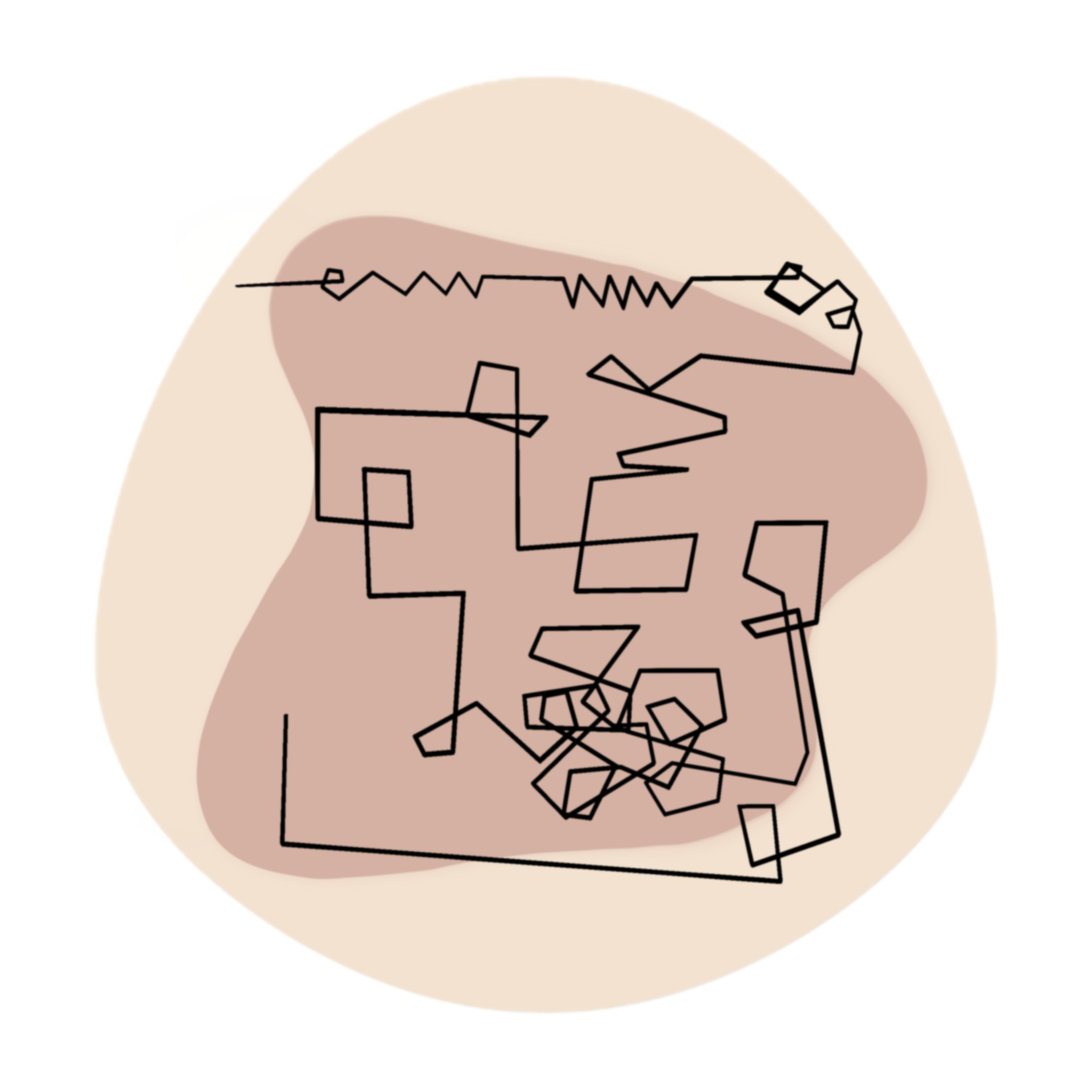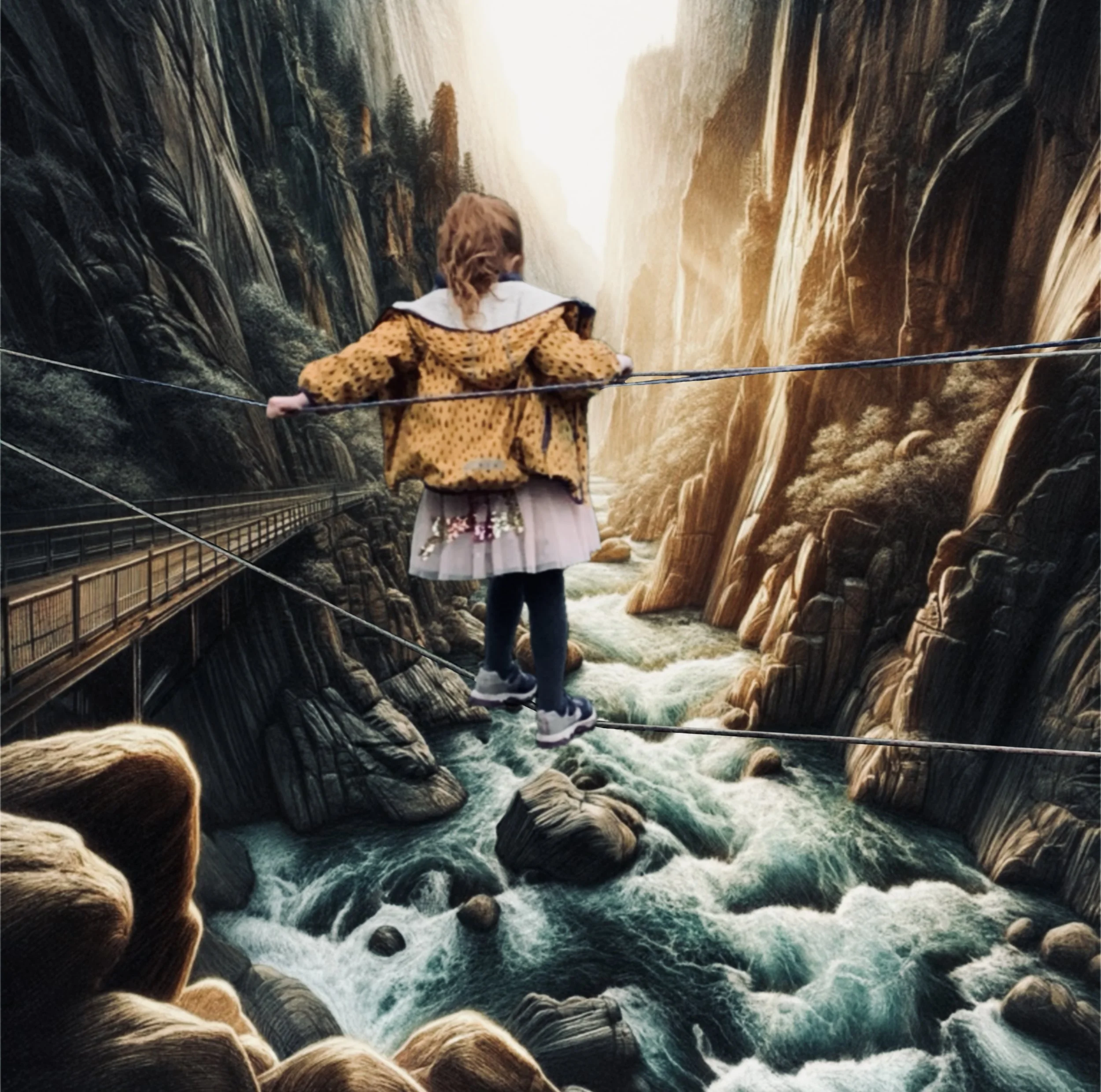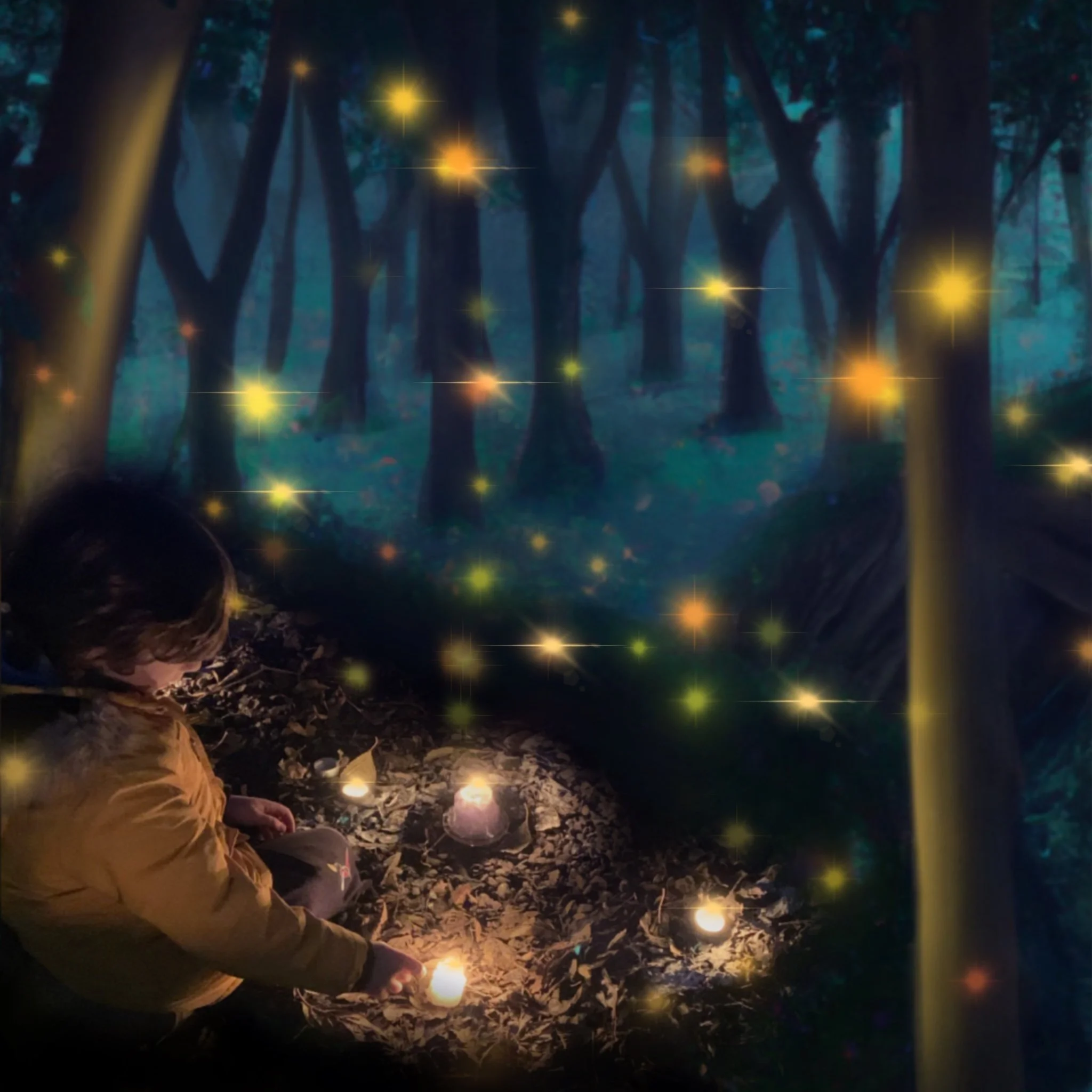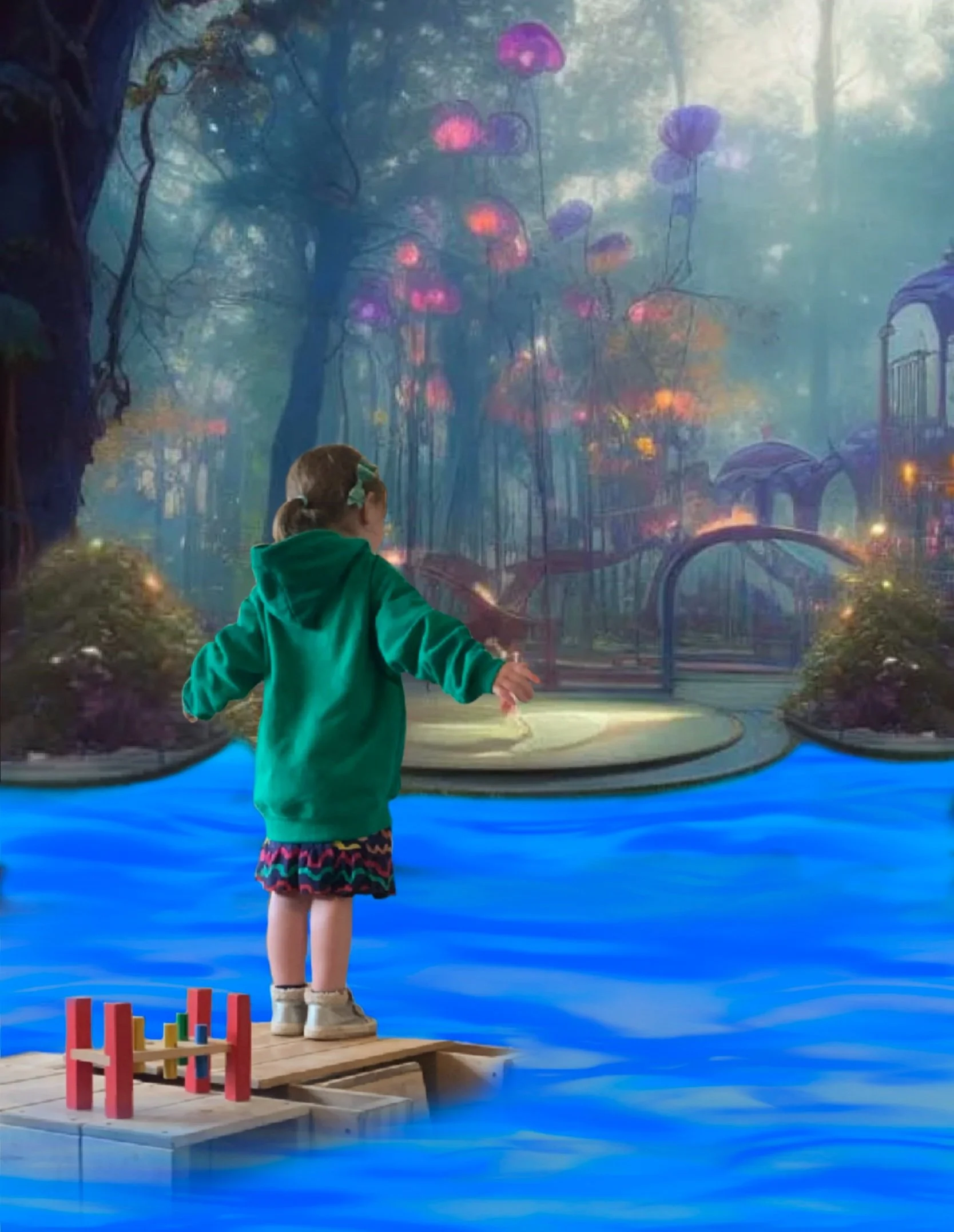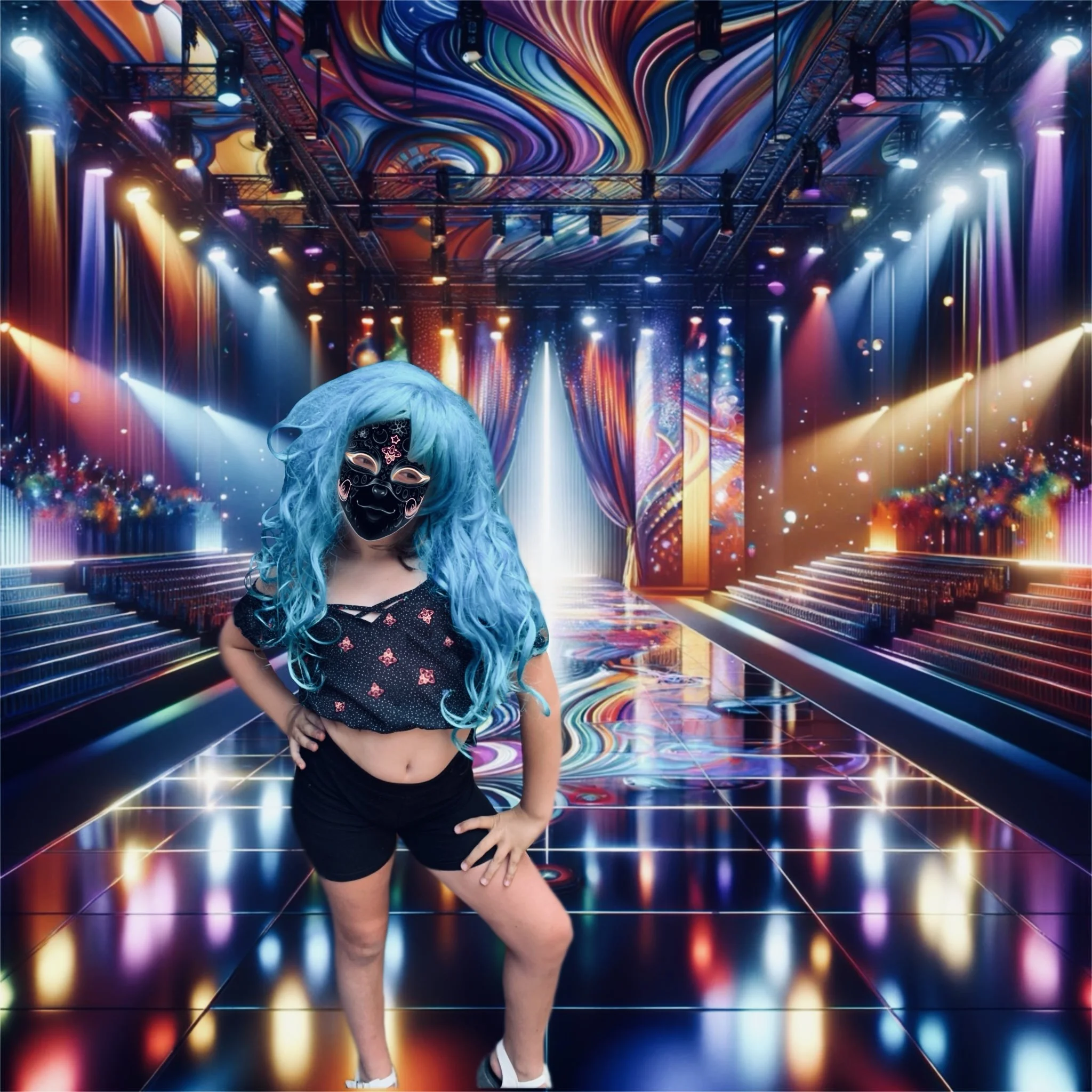Imagination
Imagination is the may-be but isn’t-yet. It’s the feeling of possibilities, the sensations of the what-was enmeshing with the immediate experience of what may come. It is imaginative speculation that allows us to experience the in-between; the space on the preface of what is and what could be (Whitehead, 1929).
The backgrounds of the images below were generated by AI as a nod to the entangled nature of AI with society. Drawing from existing information informed by social discourses and unpredictable in their creative outputs, AI behaves in a more human way than we give it credit for. Additionally, the process by which AI generates responses is similar to the process of concrescence in Whitehead’s philosophy of organism. Inheriting information from the past and integrating that information into the immediate present to generate a particular output, its product is fed back into the system to serve as newly generated data for the next request.
In Process……
Imagination, as conceptualized through Alfred North Whitehead's philosophy of organism, can be understood as the creative synthesis of potentials and possibilities drawn from the actual world of the experiencing subject. Whitehead emphasizes that imagination does not originate from an isolated interiority; rather, it emerges relationally, dependent upon what is accessible within one's environment or the broader contextual nexus of occasions (Whitehead, 1929). Similarly, contemporary artificial intelligence (AI) technologies illustrate an analogous process. Image-generation models such as DALL·E or Stable Diffusion utilize vast databases of previously input images and textual descriptions to generate novel visuals based on prompts provided by users. These systems assemble new images by recombining previously learned visual and semantic patterns (Radford et al., 2021).
Incorporating AI-generated imagery into my research, I have created composite images that layer photographs of children engaged in play onto elaborate AI-generated backgrounds (of which I have hand edited in pro-create). This methodological choice visually animates the imaginative worlds children might inhabit or strive toward during their play. Simultaneously, these images reflexively critique the bounded nature of contemporary imagination – highlighting how children's imaginative capacities, much like AI's generative capacity, are necessarily limited by their exposure and relational environments. My observations at the playschool reveal that children frequently engage in repetitive forms of play deeply informed by prevalent social discourses and cultural norms. Such repetitive enactments demonstrate how social discourses inherently restrict the imaginative scope, constraining the novelty that imagination might otherwise actualize.
The interplay between AI-generated imagery and children's photographs then serves as a critical commentary on the conditions shaping imagination today. Both AI systems and children operate within limitations defined by their relational worlds – AI constrained by datasets reflecting specific cultural and societal contexts, and children by their exposure to repeated social patterns and discourses. Consequently, children's imaginative play becomes increasingly reflective rather than generative, echoing dominant cultural narratives rather than cultivating novel possibilities. This suggests that genuine creativity, understood as the imaginative capacity to transcend immediate, repetitive contexts, is potentially compromised when play primarily reproduces dominant social scripts. Thus, by creatively integrating AI-generated imagery with photographs of children's play, I visually and theoretically illustrate both the relational nature and the contemporary limitations imposed upon imagination, calling attention to the vital need for diversifying children's experiential contexts to nurture truly generative forms of imaginative play.
Alfred North Whitehead’s (1929) concept of imagination is offered to us as a type of proposition. In Whitehead's (1929) philosophy, propositions are not simply declarations to be deemed true or false, but dynamic offerings of possibility. They invite the imagination to step beyond the ordinary, enmeshing the reality we inhabit with the potentialities that intensify experience. Here, imagination is elevated from ‘pretending’ to a potent, very real, force of transformation, capable of making-felt the what-could-be within every what-is.
Within this framework, imagination acts as a bridge, a creative intermediary, through which the potentialities offered by propositions merge with the actuality of our worlds.
